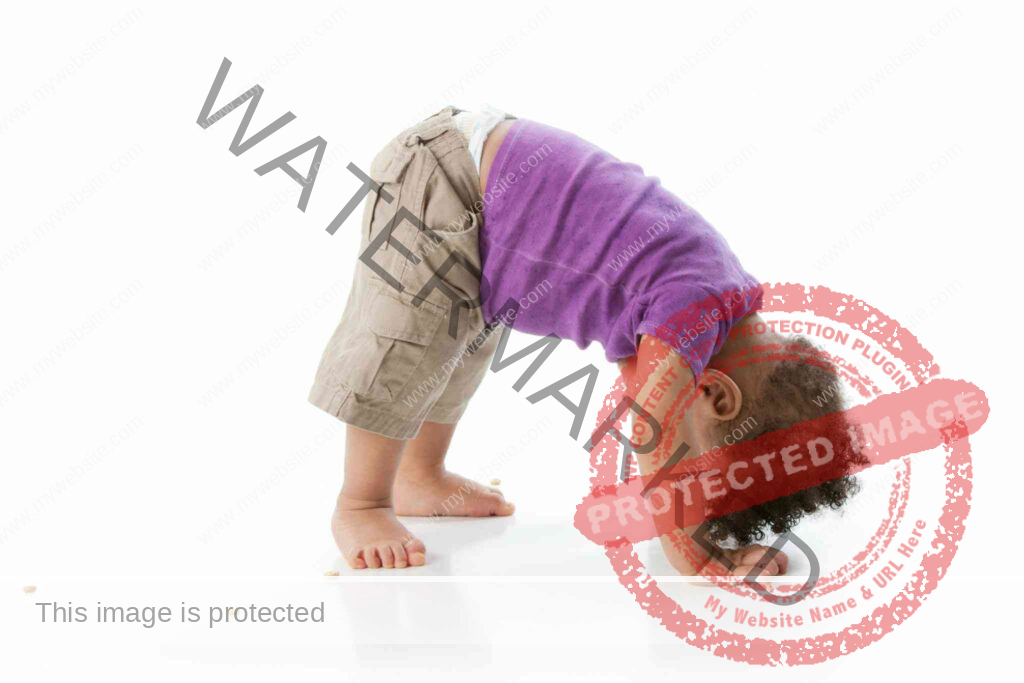The belief that a baby bending over and looking through their legs indicates that someone in the family is pregnant is a common folk tale or superstition in various cultures. It’s important to clarify that this is not based on scientific evidence or medical knowledge but rather a cultural belief or old wives’ tale.
The behavior of a baby bending over and looking through its legs is a familiar and intriguing developmental milestone often observed in children, typically around one-year-old. While appearing quirky or amusing to adults, this action holds significance in a child’s growth and development.
Does baby bending over means pregnant: The Folk Tale Explained
- Cultural Belief: In some cultures, it is believed that when a baby bends over and looks through their legs, it signals that someone in the family or close circle is pregnant or will soon become pregnant. This belief is often passed down through generations and is more of a cultural tradition than a scientific fact.
- Superstition and Interpretation: Like many superstitions, this is likely based on coincidental occurrences woven into a narrative over time. Suppose a baby displays this behavior and someone in the family is pregnant. In that case, the action and the event might be linked, reinforcing the belief.
Scientific Perspective
- Developmental Milestone: From a developmental perspective, this behavior is a normal part of a child’s growth. It indicates physical development, balance, coordination, and cognitive and sensory exploration.
- No Scientific Basis: No scientific evidence supports the idea that this behavior predicts pregnancy. Pregnancies in a family or social circle are relatively common, so any correlation with this baby’s behavior is likely coincidental.
Understanding the Behavior

Physical Development: The ability to bend over and look through one’s legs requires a certain level of physical development. It indicates that the baby has gained sufficient muscle strength and balance. This act demonstrates the growth of their motor skills, including coordination and muscle control.
Cognitive and Sensory Exploration: At this stage, babies explore their environment in every possible way. Looking at the world upside down is a new sensory experience for them. It helps them understand spatial orientation and different perspectives, contributing to their cognitive development.
Play and Imagination: Often, this behavior is part of a baby’s play. It can be a form of self-entertainment or a playful interaction with others. It also indicates the beginning of imaginative play, a critical aspect of a child’s development.
Psychological Perspectives
Attachment and Social Interaction: Some developmental psychologists suggest this behavior could be a way for babies to seek attention from caregivers. When a baby performs this action and sees their parent’s reaction (often laughter or surprise), it can lead to a playful interaction, strengthening the bond between the child and the parent.
Exploration and Independence: This action is a part of the baby’s natural tendency to explore and learn about their environment. It reflects a growing desire for independence as they discover new ways to interact with their surroundings without direct assistance from others.
Safety Considerations
While this behavior is normal and generally safe, caregivers should ensure the environment is safe for explorations. The area should be free of sharp objects or hard surfaces where the child could injure themselves.
Baby bending over means pregnant: Conclusion
While it’s interesting to hear about different cultural beliefs and superstitions, it’s important to distinguish them from scientific facts. The behavior of a baby bending over to look through their legs is a normal developmental milestone. It does not have a scientifically proven connection to pregnancy predictions. Such beliefs are part of cultural folklore and should be appreciated as such without expecting them to hold true in a literal or scientific sense.
It is a sign that the child is exploring their world, learning new perspectives, and engaging in imaginative play. As with all developmental milestones, caregivers must provide a safe, nurturing environment that encourages exploration and growth.




